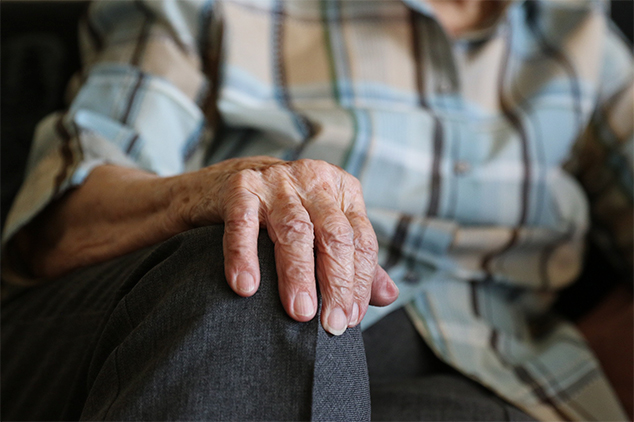
Specialist Stroke Support: Nursing Home Care for Stroke Patients in a Complex Care Home
A Stroke can dramatically change a person’s daily life, impacting movement, communication, mood and memory. A stroke occurs when blood flow to the brain is disrupted, which can cause significant damage if not treated promptly, therefore, early and effective treatment is essential to minimise long-term effects.
A specialist care home for stroke patients is designed to address these challenges with a structured, multidisciplinary approach. Restoring and supporting healthy blood flow and brain function is a key focus of this care, ensuring that residents receive interventions and therapies aimed at optimising recovery. Within this supportive environment, residents benefit from tailored stroke nursing care plans that guide everything from medication timing to therapy routines and nutritional needs. The goal is clear, maintain dignity, safety and independence while supporting recovery and wellbeing.
Understanding the Stroke Care Pathway in Specialist Settings
A carefully coordinated care pathway following a stroke ensures that the stroke pathways of care continue smoothly from hospital to residential rehabilitation. According to NICE (The National Institute for Health and Care Excellence) guidelines, rehabilitation should begin immediately, with tailored therapy at least 45 minutes per session, five days a week where possible. In care homes offering stroke care, this translates into structured access to physio, occupational and speech therapies alongside nursing oversight. These pathways of care for strokes include regular assessments, covering mobility, nutrition, cognitive function and emotional health to adapt plans as residents make progress or encounter new needs. These assessments also help identify risk factors such as high blood pressure, atrial fibrillation and previous transient ischemic attack (TIA), which can increase the risk of a second stroke. Some residents may be at higher risk or high risk for complications such as falls or recurrent stroke, so care plans are adapted to manage these risks. Differentiating between ischemic stroke and other types is also important for guiding appropriate treatment and rehabilitation.
Personalised Stroke Nursing Care Plans That Respect You
At the heart of stroke care lies the person-centred stroke nursing care plan. These care plans stroke professionals create are living documents, they outline functional goals, detail mobility support, therapy schedules and nursing interventions. Care plans may include the use of assistive devices to support mobility and daily activities. Therapy schedules often focus on relearning skills lost after stroke, with support from both staff and family members. Nursing care plans that stroke experts use also include fall prevention strategies, communication aids for speech issues, swallowing assessments and mood monitoring. Involving a family member or carer in the planning process helps ensure safety and effective communication, especially for residents with expressive aphasia. These bespoke care plans ensure nursing care for patients with multiple needs is not just responsive but proactive and reviewed regularly to reflect change.
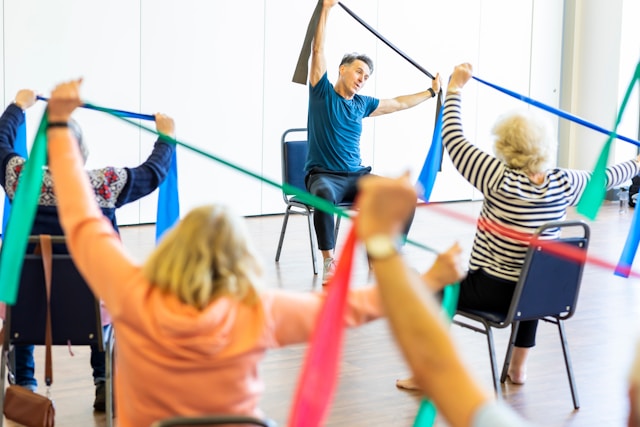

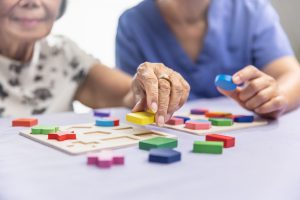
Rehabilitation Stroke Exercises in a Safe Environment
Rehab stroke exercises are fundamental to recovery. In a care home, these exercises are part of daily routines. Stroke rehab workouts might include balance tasks, strength-building and mobility training supervised by therapists. Activities such as constraint-induced movement, electrical stimulation and rhythmical range-of-motion work help improve limb function and reduce stiffness. Computer programs are sometimes used to support cognitive and motor rehabilitation post stroke, offering interactive tasks for memory, reaction time and speech. Speech therapy is an essential part of the rehabilitation process for residents with communication difficulties, helping to improve language and communication abilities. Targeted brain exercises can help stimulate brain cells and support cognitive recovery after a stroke. A well-rounded approach also incorporates NICE stroke rehabilitation exercise guidance; structured, frequent and tailored to each resident’s capacity.
Improving Fine Motor Skills for Everyday Independence
Regaining fine motor skills is a key part of stroke rehabilitation, especially for stroke patients who experience weakness or limited movement in the affected arm. Fine motor skills are essential for daily living tasks such as buttoning clothes, tying shoelaces or using cutlery. After a stroke, these activities can become difficult, impacting a person’s independence and confidence. A physical therapist will develop a tailored exercise program focused on improving fine motor skills, using repetitive, purposeful movements to help stroke survivors regain control and strength in their hands and arms. Activities might include picking up small objects, practicing writing or using therapy putty to build dexterity. By focusing on these targeted exercises, stroke patients can make meaningful progress in their rehabilitation, enhancing their ability to manage daily tasks and improving their overall quality of life.
Managing Pain and Discomfort with Compassionate Care
Pain and discomfort are common challenges for stroke patients, often resulting from muscle weakness, stiffness or shoulder pain on the affected side. Compassionate care in a specialist setting means recognising these issues early and providing personalised support to help manage them. This might involve gentle exercises to maintain joint range and reduce stiffness, massage therapy to ease muscle tension or carefully managed medication to control pain. Occupational therapists play a vital role in recommending adaptive equipment and techniques that minimise strain during daily activities, making movement safer and more comfortable. By addressing pain and discomfort proactively, patients can focus more fully on their recovery and rehabilitation, leading to better outcomes and a more positive experience throughout their stroke journey.
Supporting Patients and Families Throughout the Recovery Journey
Stroke rehabilitation is a journey that involves not just the patient, but their entire support network. Recovery can progress at varying levels, with both advances and setbacks along the way. In a specialist care home, a dedicated team, including physical therapists, occupational therapists and speech therapists, works closely with patients and their families to provide ongoing support and encouragement. This support extends beyond therapy sessions, offering counseling, access to support groups and educational resources to help families understand the rehabilitation process and cope with emotional and practical challenges. By fostering open communication and providing comprehensive support, care teams help patients and families build resilience, adapt to new routines and achieve the best possible quality of life during stroke recovery.
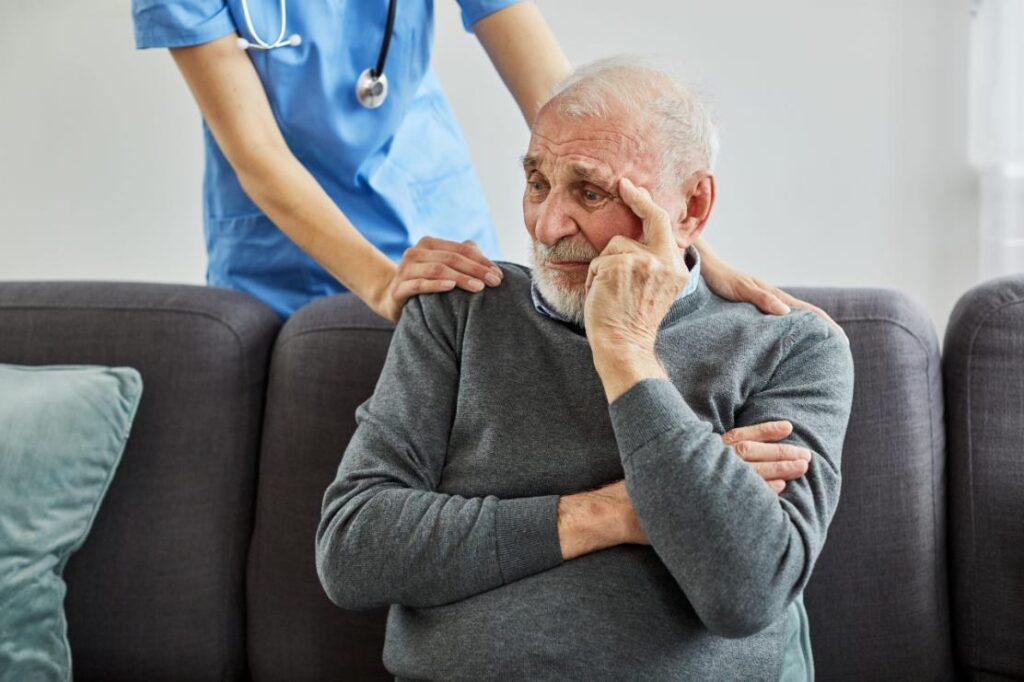
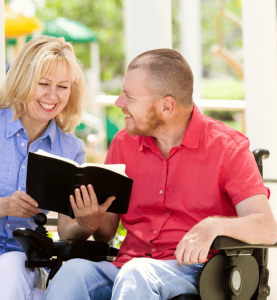
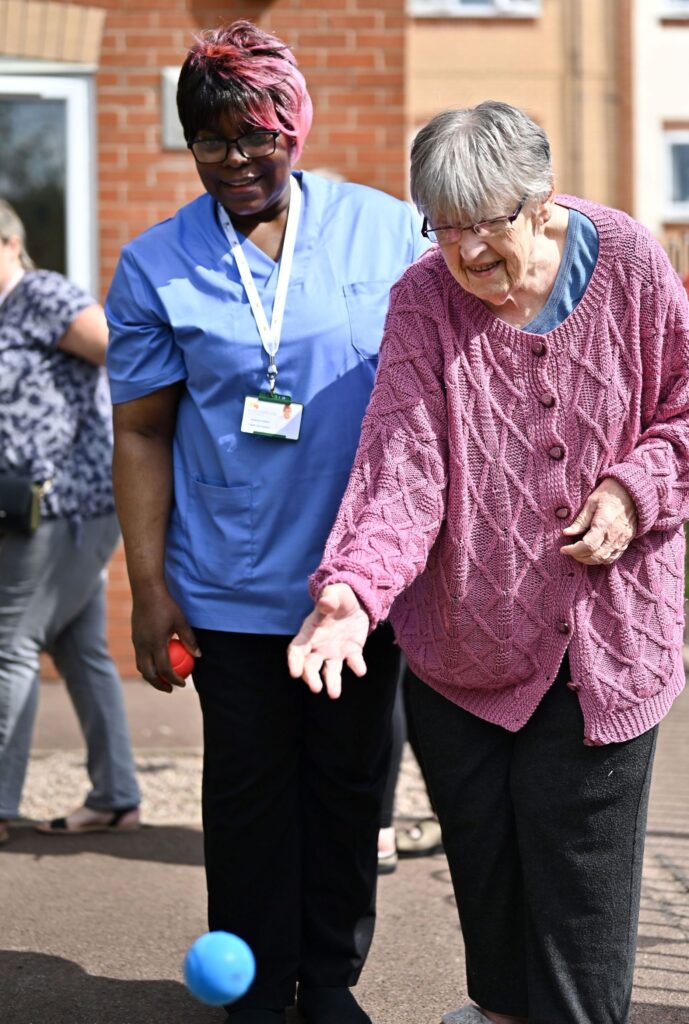
Education and Training for Specialist Stroke Care Staff
Delivering high-quality stroke rehabilitation requires a team of well-trained professionals who are up-to-date with the latest advances in stroke care. Ongoing education and training for nurses, physical therapists and occupational therapists are essential to ensure that stroke patients receive the best possible support. Specialist care homes invest in regular training sessions, drawing on resources and guidelines from organisations like the Stroke Association. This training covers everything from the latest stroke rehabilitation techniques to managing complex medical conditions and providing compassionate, patient-centered care. By prioritising staff education, care homes ensure that every patient benefits from evidence-based practices, leading to improved rehabilitation outcomes and greater satisfaction for both residents and their families.
Caring Well: From Stroke Patient Home Care to Complex Care Home
While nursing care for stroke patients at home or care of stroke patients at home may work early on, advancing needs mean specialist residential support becomes vital. As a stroke survivor's needs evolve, support from a carer and access to advanced treatment and therapy for relearning skills become increasingly important. In a specialist care home setting, round‑the‑clock nursing supervision supports complicated medication schedules, prevents common complications and ensures therapeutic exercises are performed consistently. The integrated stroke care pathway in such settings ensures stroke patient home care evolves into full stroke rehabilitation supported by therapy teams, offering stability for residents and peace of mind for families.
The Bigger Picture: Why Specialist Stroke Care Homes Matter
Choosing a specialist care home means choosing comprehensive stroke care. These homes don’t just provide nursing care for stroke patients, they offer an integrated pathway that incorporates nursing, therapy, emotional wellbeing, family support and community engagement. A Stroke can affect a resident's emotional state and behavior and specialist care homes provide support to address these changes for both residents and their family members. Residents live in a setting designed for accessibility, with communal spaces and equipment that encourage activity and social interaction. Families are involved in regular reviews, care meetings and therapy sessions, contributing to a deeper sense of connection and confidence in the ongoing care plan.
Frequently Asked Questions
Can stroke patients begin rehabilitation at home instead of a care home?
Yes, many people start with nursing care for stroke patients at home, especially soon after hospital discharge. Community-based services can include visits from stroke nurses or therapists who support care of stroke patients at home, assist with stroke patient home care and help family carers learn safe routines for daily living. However, if rehabilitation needs increase or therapy intensity must match hospital-level standards, a specialist care home may offer a more structured environment with consistent access to therapy and nursing support.
How often should rehabilitation stroke exercises take place in a care home setting?
Following NICE stroke rehabilitation guidelines, residents should receive at least 45 minutes of relevant therapy, such as personalised stroke rehab exercise or rehabilitation stroke exercises each day, five days a week, as long as they can participate safely. This level of intensity supports more meaningful recovery and aligns with the care pathway stroke, emphasising goal-based, multidisciplinary rehabilitation.
What is a comprehensive stroke care plan within a care home setting?
A well-designed stroke nursing care plan outlines the resident’s goals for recovery and daily care needs. It covers physical mobility, swallowing and speech function, medication schedules, mouth and oral hygiene, mood monitoring, cognitive support and fall prevention. Importantly, it is regularly reviewed and updated in line with the stroke pathways of care, ensuring continuity from hospital to residential setting and responsiveness to changing needs.
For those recovering from a stroke, specialist care home environments provide a vital continuity of support. From evidence-based stroke rehabilitation exercise programmes and carefully structured stroke nursing care plans, to coordinated care pathways that include therapy and emotional support, residents benefit from living in a community designed to support recovery, independence and dignity.
Moving into a specialist setting need not be daunting, it can be a step towards living well. If you'd like help exploring these care options, understanding care pathways or preparing questions for visiting homes, get in touch with our friendly team.
